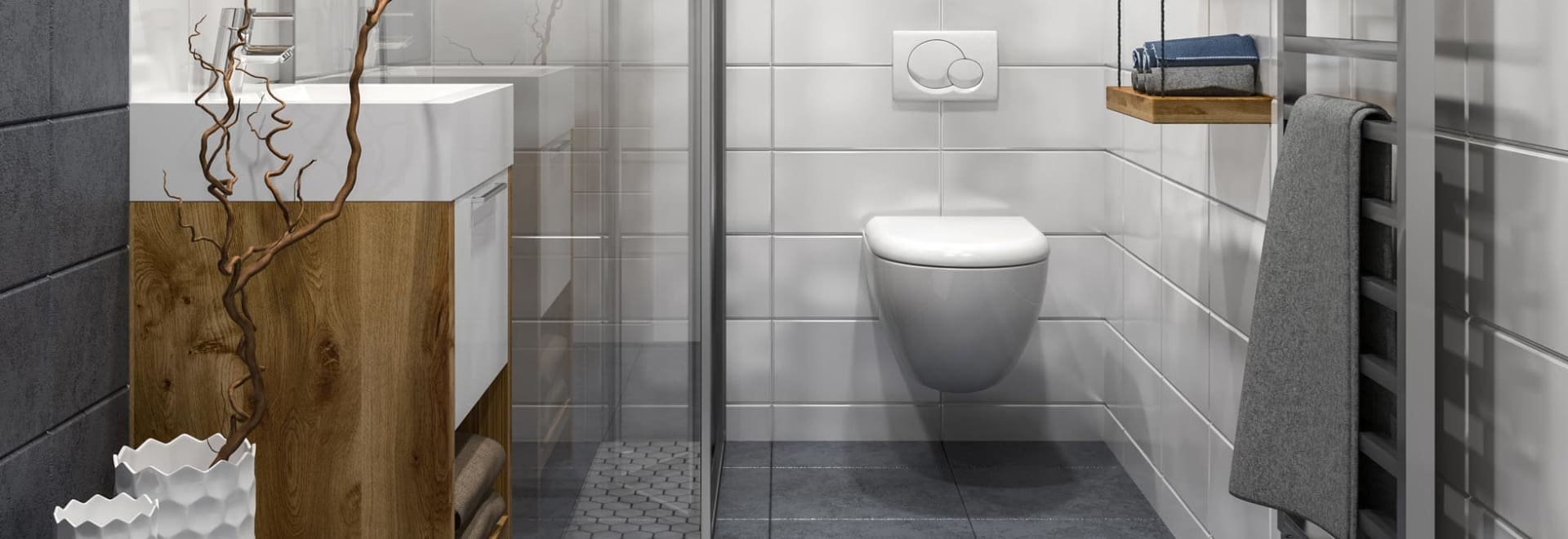While Crapper did exist (and likely is the man behind the more scatological term for the loo), it was England’s John Harington who developed a modern working toilet nearly 300 years before Crapper was born.
Even brief biographies show Harington to be one fascinating chap. Born about 1560, he studied law, but found more pleasure writing poetry in the court of Elizabeth I, the childless queen who chose him as one of her 102 godsons.
Unfortunately, he quickly became known as her “saucy godson” because he had a penchant for stretching the bounds of good taste with his bawdy verses. Eventually, Elizabeth banished him from 1584 to 1591.
So with time on his hands, Harington came up with Britain’s first flushing toilet, which he called the “Ajax” (apparently from “a jakes,” a common slang word for an outhouse). In 1596, he even detailed his work in a tongue-in-cheek book called “A New Discourse upon a Stale Subject: The Metamorphosis of Ajax.”
Yet even here, he couldn’t leave well enough alone. Along with discussing his invention, Harington also used the book to criticize the stercus — or excrement — that the Earl of Leiceister was using to attack two of Harington’s relatives. Although the book proved popular among the masses, the queen was not amused and banished him again.
Nevertheless, Elizabeth did have Harington install one of his toilets in Ye Royale Palace, but that, too, wound up raising a stink — literally. His contraption is described as having a pan with an opening at the bottom and sealed with a leather-faced valve. A system of handles, levers and weights poured in water from a cistern, which opened the valve, according to historian Ellen Castelow. But the whole thing was so poorly vented that sewer gas seeped back in, forcing the queen to continually have bowls of fresh herbs and flowers placed around the room to quench the stench, according to historian Maureen Francis.
It would take another two centuries for indoor toilets to pass the smell test. In 1775, Scottish watchmaker Alexander Cumming earned a patent by finally adding a water-filled S-trap in the drain to keep odors from wafting back up the pipe after the toilet was flushed. Three years later, English inventor Joseph Bramah patented improvements that helped keep Cumming’s toilet from freezing in winter.
Still, people clung to their chamber pots, which allowed outbreaks of deadly diseases to run rampant in London, for example, until well into the 19th century. In 1830, for example, R.H. Mottram’s public report stated, “Whole streets were flooded with sewage.” The death rate for children was an eye-popping 480 per thousand.
Finally, in 1848, a Public Health Act in London required every new house to have a “water closet, privy or ash-pit.” Eventually, flush toilets became the standard, and although some historians dispute the link, many say we still pay tribute to Elizabeth’s racy subject when we excuse ourselves to go to the john.
More musings from the w.c.:
“Toilet” itself is what’s left of the French “toilette,” a dressing room. In turn, “toile” was a cloth draped on someone’s shoulders while his or her hair was being groomed. By the early 1800s in the United States, toilet had become a synonym for both the bathroom and the porcelain waste-disposal device.
“Latrine” reportedly was derived from the Latin “lavatrina” (for bath or privy) while “lavatory” comes from the Latin “lavare,” meaning “to wash.”
In 1969, British writer Wallace Reyburn made history when he published “Flushed With Pride: The Story of Thomas Crapper,” which details Crapper’s invention of the toilet — history that was pure fabrication. While there was a Thomas Crapper who lived in London from 1837 to 1910, he ran a plumbing company and merely made a few improvements to the toilet’s basic design. Nevertheless, when U.S. troops in World War I saw Thomas Crapper & Co. prominently stamped on toilets in their overseas washrooms, it likely led to the more bawdy “crapper” and “crap” as synonyms and give Reyburn a good fairy tale. (He later wrote the obviously facetious “Bust-Up: The Uplifting Tale of Otto Titzling and the Development of the Bra.”)
As you probably know, we owe sailors for the origin of the term “head” for toilet. In olden days, seamen would relieve themselves at the front (head) of the ship, where the wind would blow any odor out to sea.
While there are many theories surrounding the origin of “the loo,” the most colorful involves the daily ritual of emptying chamber pots out the window in France. To warn passersby of the impending dump, the French, like any courteous golfer, reportedly would yell, “Guardez l’eau!” — watch out for the water. As the story goes, the English mangled this to “gardy-loo,” and eventually loo became a British synonym for the toilet itself.
And, to come full circle, it was John Harington who once wrote, “Treason doth never prosper. What’s the reason? For if it prosper, none dare call it treason.”
source: http://www.bnd.com/living/liv-columns-blogs/answer-man/article186357143.html
by Roger Schlueter
http://www.thisoldtoilet.com






